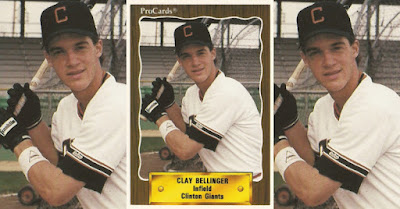Mike Capel tried to be aggressive over three majors seasons

Mike Capel 's day was quick in that June 1991 game. The result, though, was his first major league save . Capel, only up on this trip to the majors for a week, came on with two outs in the ninth inning, setting Kevin McReynolds down on strikes to end the game. "I just go in, try to be aggressive and see what happens," Capel told The Houston Chronicle . "This has been kind of a strange week. I've never been in this situation (saving games) up here before. I'm trying to adjust the best I can." Capel went on to save two more games for the Astros. The three big league saves ended up being his only ones in the majors. That year would also be his last of three seasons with time in the bigs. Capel's career began in 1983, taken by the Cubs in the 13th round of the draft, out of the University of Texas at Austin . The Cubs selected Capel after he went 12-1 for the Longhorns by late May. Capel played that first year between single-A Quad Cities a...









